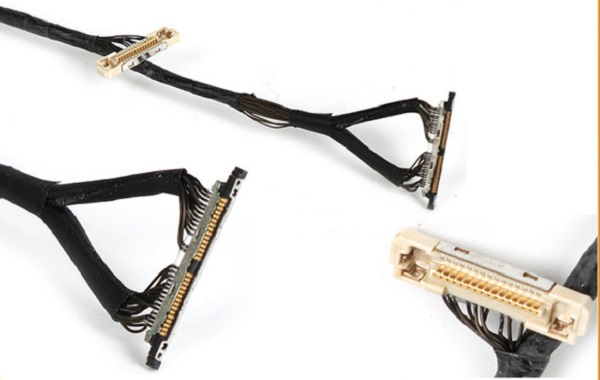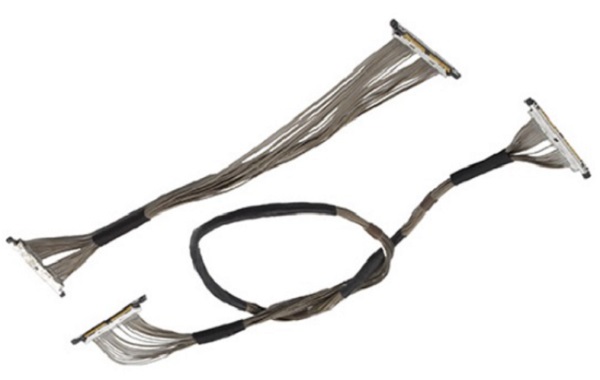Categorization:Harness Component

Bandwidth: The Core of High-Resolution Image Transmission
Drones often carry high-definition camera modules, and some equipment requires real-time transmission of 4K even 8K video. At this point, extremely thin coaxial cables must have enough bandwidth to carry high-speed signals. If the cable bandwidth is insufficient, delays, video stutters, or even data loss may occur. Therefore, when selecting and designing, attention should be paid to key parameters such as cable insertion loss and impedance control to ensure high-speed and stable transmission of image data.
The endurance of drones is closely related to the body weight. The extremely thin coaxial cable, while ensuring signal integrity, has the advantage of lightweighting, which can effectively reduce the burden on the flying vehicle, thereby extending the endurance time. This is also one of the reasons why extremely thin coaxial cables are widely used in small drones and consumer-grade aerial photography equipment.


The flight performance of drones depends not only on the power system and control system, but also on the selection of cables. The bandwidth ensures the high-speed and stable data transmission, weight affects the endurance, and flexibility determines the lifespan and reliability. Only by reasonably selecting and optimizing the ultra-fine coaxial cables can drones perform at their best in high-definition imaging, long endurance, and complex environments.
I amSuzhou Huichengyuan Electronic Technology, Long-term focus on the design and customization of high-speed signal cable harnesses and ultra-fine coaxial cable harnesses, providing customers with stable and reliable high-speed interconnection solutions. For consultation or customization services, please contact:Manager Zhang 18913228573 (WeChat same number)。